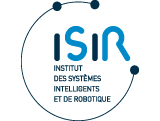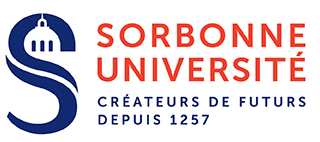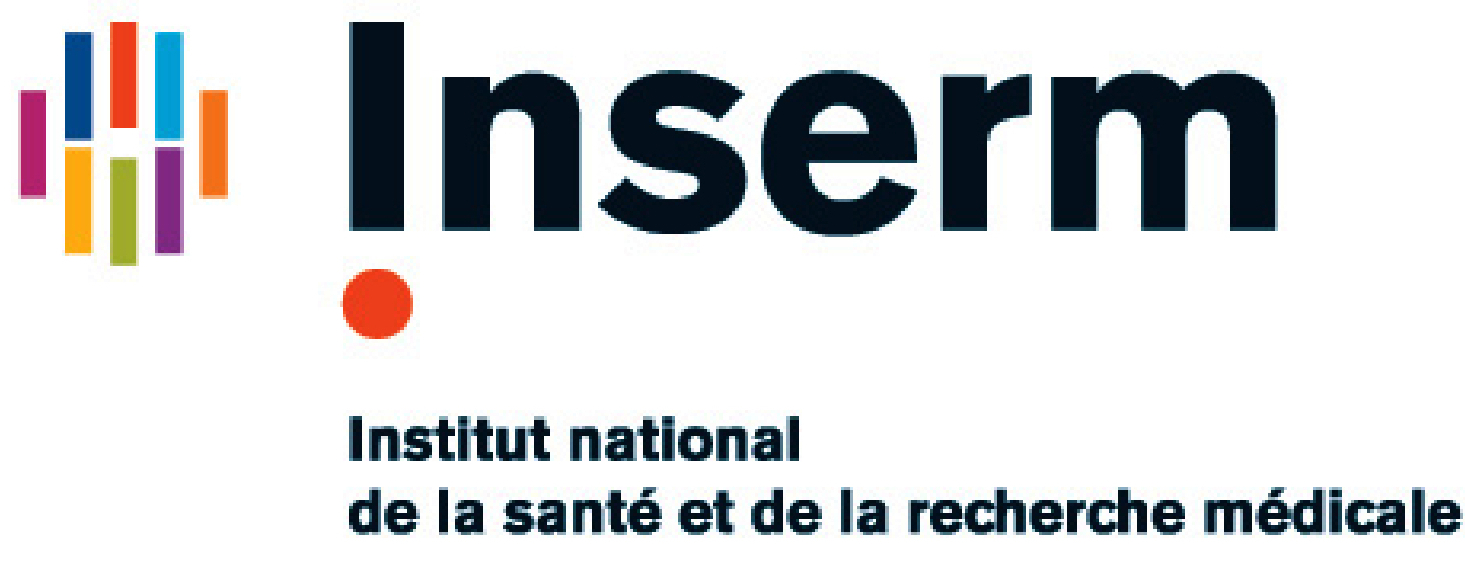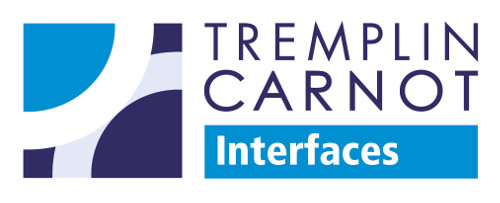A voir également
- Short Bio
- Publications -----------------------------
- Work during Ph.D.
Short bio

Title : Doctorant.e
No longer in the unit
My work focuses on learning robot behaviors to interact with people. In order to do so, I've been involved in 2 types of studies:
- Group Modeling. The purpose is to understand how humans gather in public places and create an abstraction of a group of people; this abstraction is aimed to be used by a robot to understand certain behaviors of public gatherings in order to take decisions.
- Learning Robot Behaviors. The use of Inverse Reinforcement Learning (IRL) as a means to teach a robot how to approach a person and groups of people (current work).
This work is performed in partnership with the European project SPENCER. The scenario of SPENCER is deploying a robot in the Amsterdam airport being able to take into account human interactions.
Group Modeling
This study consists in creating a mathematical model to represent groups of people. Based on this information a robot could know whether or not it is included in a group of people, approach a group of people in a commercial center, or guide people to some gate at an airport. We plan to use the results in the future as heuristics for robots approaching groups of people.
I have developed two models, a static one and a dynamic one. The static is based on the Marco Cristani's work, nonetheless when trying to use it in a dynamic environment we failed to detect groups due to the lack of dynamic variables so we created a formalism in the dynamic case. The dynamic approach is an accepted paper to be published at IEEE International Symposium on Robot and Human Interactive Communication (RO-MAN).
Static Environment
Dynamic Environment
This model was created to tackle static and dynamic environments. It is based on low level features (positions and velocities in time) and uses novel techniques in order to segregate people in the environment (simulated and real). The first video is taken with data gathered with an OptiTrack system, the second one with the SALSA database, and the third one with pedsim (ros).
Learning Robot Behaviors (To Approach People)
These studies aim to create navigation planners to find the best way to approach people. Using a combination of IRL with post-processing techniques, they guarantee optimal behaviors in terms of learning.
Scenario with one person
With a human centered map, which is then mapped in an MDP, we give demonstrations to a robot on how it's suppose to get close to a person. Then we apply IRL (based on Sergey Levine's Work) and its results are post-processed in order to create a path. This path can be considered as a type of global planner path for the navigation stack.
Another way to tackle this problem was using layered costmaps as seen in the following video.
Multiple People
This is work in progress using an MDP with generalized state-action pairs and IRL.
Publications
| Year | Authors | Title and Conference |
| 2016 | Omar Islas Ramírez, Giovanna Varni, Mihai Andries, Mohamed Chetouani and Raja Chatila |
Modeling the dynamics of individual behaviors for group detection in crowds using low-level features (nominee: best technical paper) RO-MAN 2016 25th, IEEE International Symposium on Robot and Human Interactive Communication |
| 2016 | Omar Islas Ramírez, Harmish Khambhaita, Raja Chatila, Mohamed Chetouani and Rachid Alami |
Robots Learning How and Where to Approach People RO-MAN 2016 25th, IEEE International Symposium on Robot and Human Interactive Communication |
| 2016 | Omar Islas Ramírez, Raja Chatila and Mohamed Chetouani |
Detection of Public Gatherings with Low Level Features in Static Data The 3rd Workshop on Public Space Human-Robot Interaction (PubRob 2016) |
| 2015 | R. Triebel, K. Arras, R. Alami, L. Beyer, S. Breuers, R. Chatila, M. Chetouani, D.I. Cremers, V. Evers, M. Fiore, H. Hung, O Islas Ramírez, M. Joosse, H. Khambhaita, T. Kucner, B. Leibe, A.J. Lilienthal, T. Linder, M. Lohse, M. Magnusson, B. Okal, L.i. Palmieri, U. Rafi, M. van Rooij and L. Zhang |
SPENCER: A Socially Aware Service Robot for Passenger Guidance and Help in Busy Airports Field and Service Robotics: Results of the 10th International Conference. Pages 607--622. |
| 2014 | Hao Li, Omar Islas Ramírez and Mohamed Chetouani |
Potential Human Reaction Aware Mobile Robot Motion Planner: Potential Cost Minimization Framework The 23rd IEEE International Symposium on Robot and Human Interactive Communication. |






